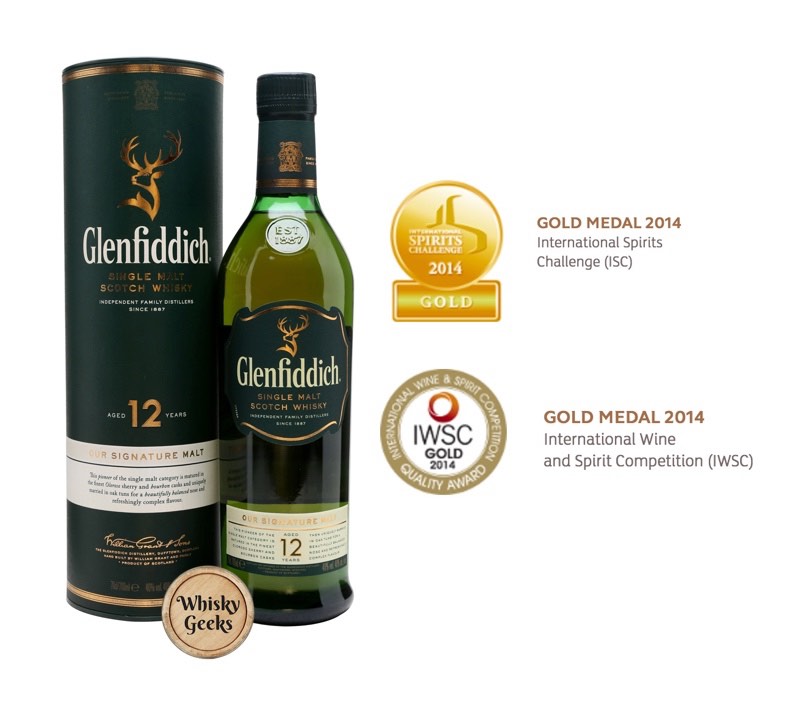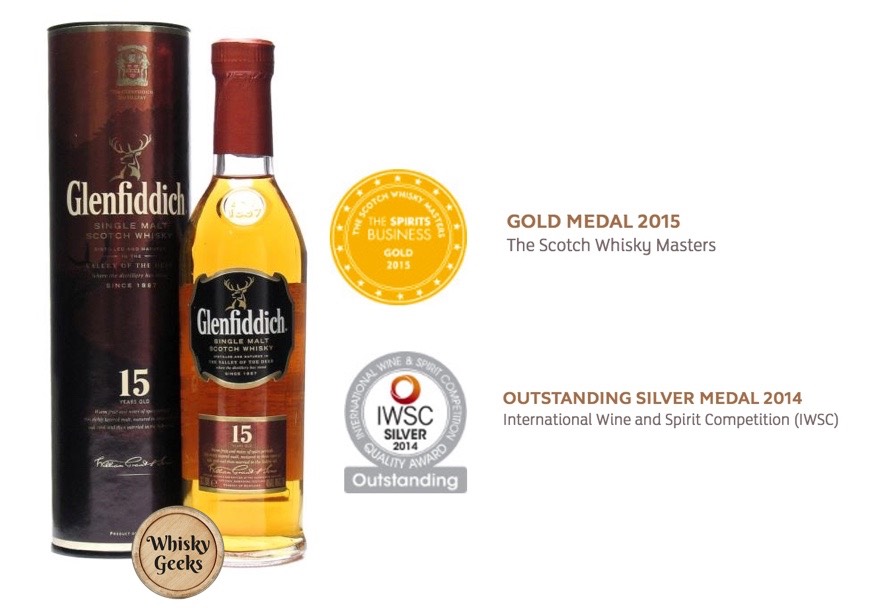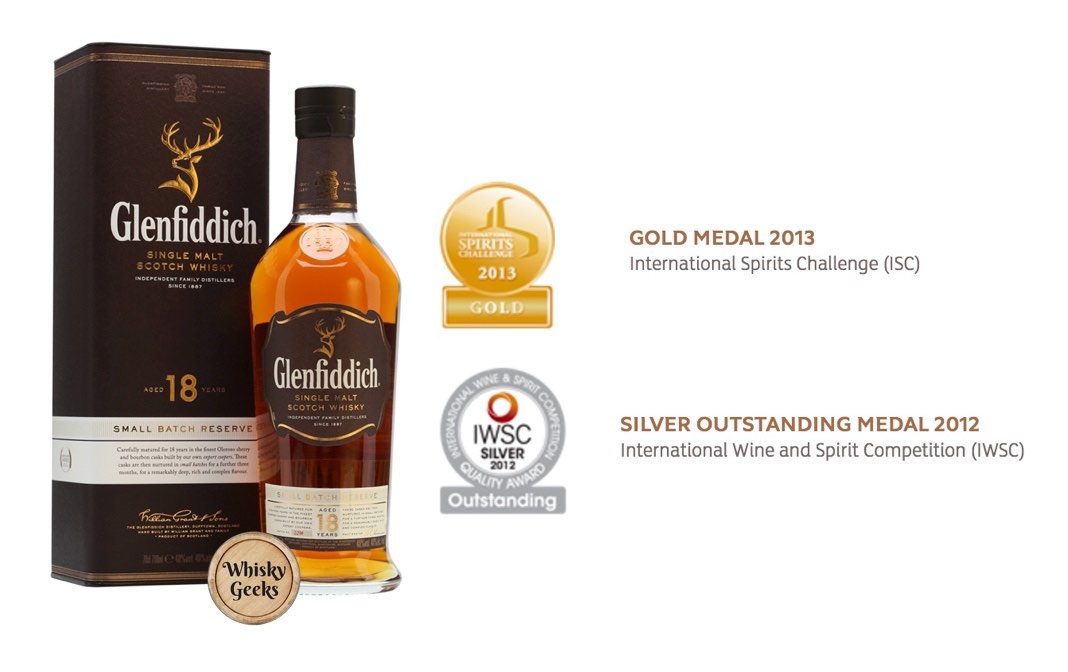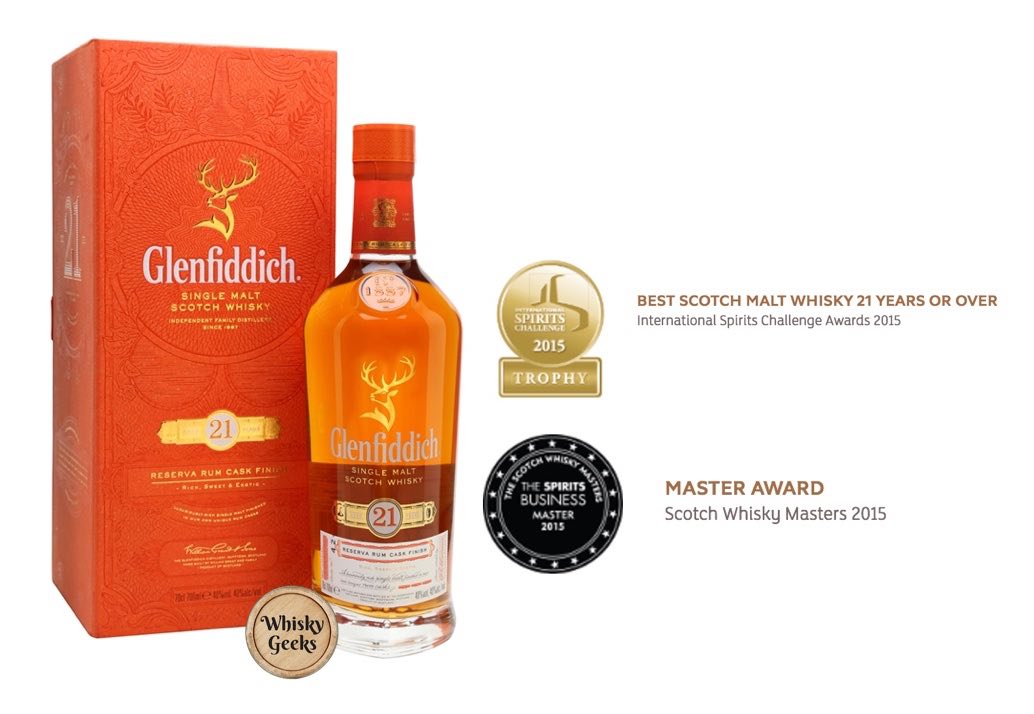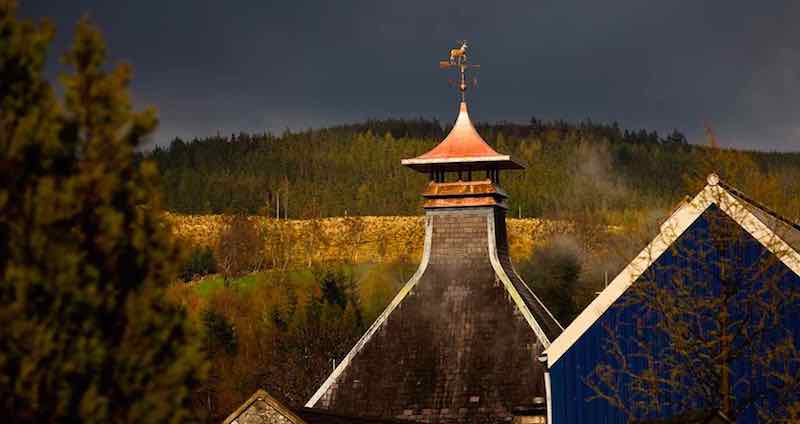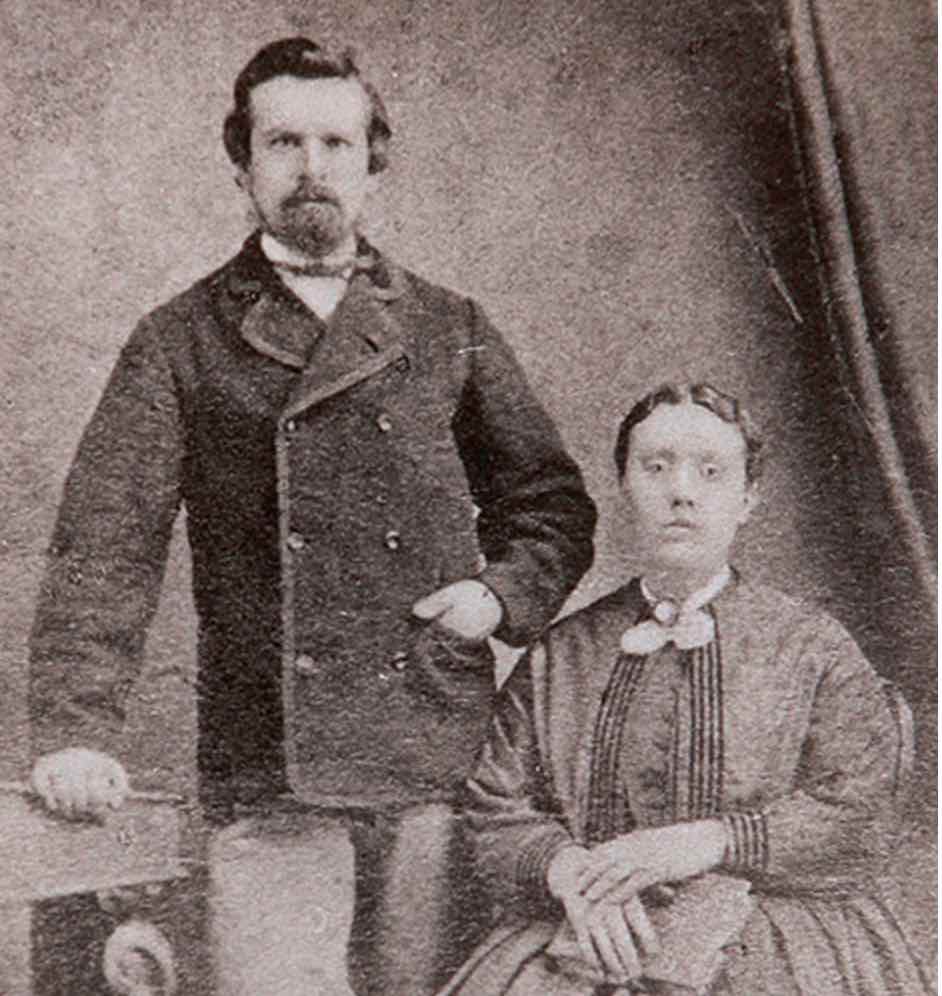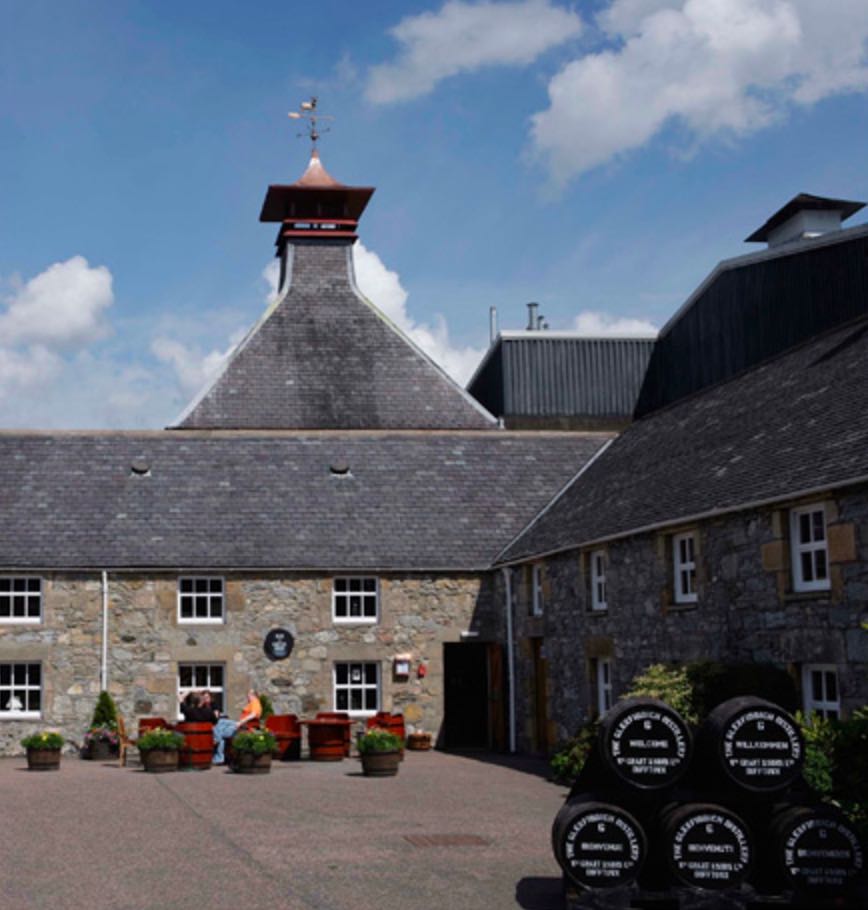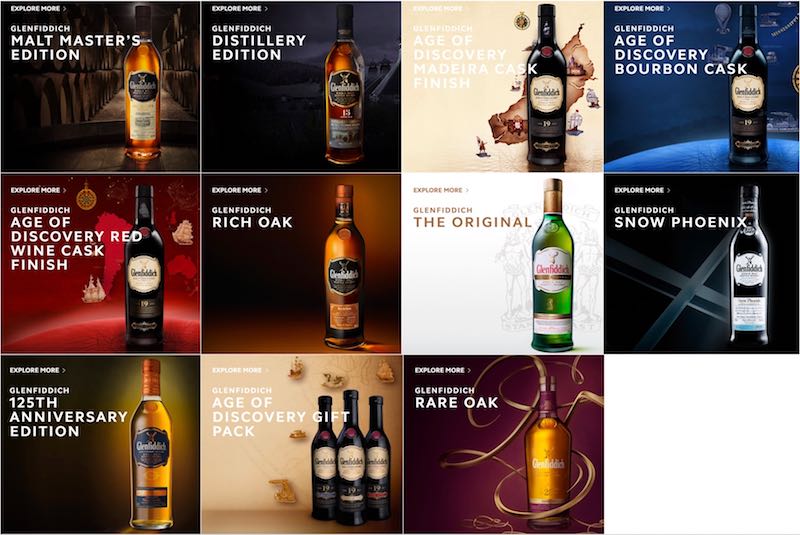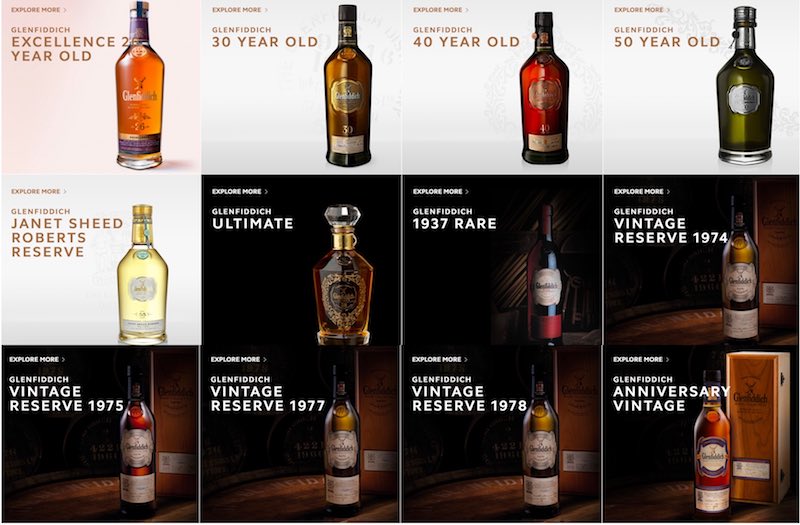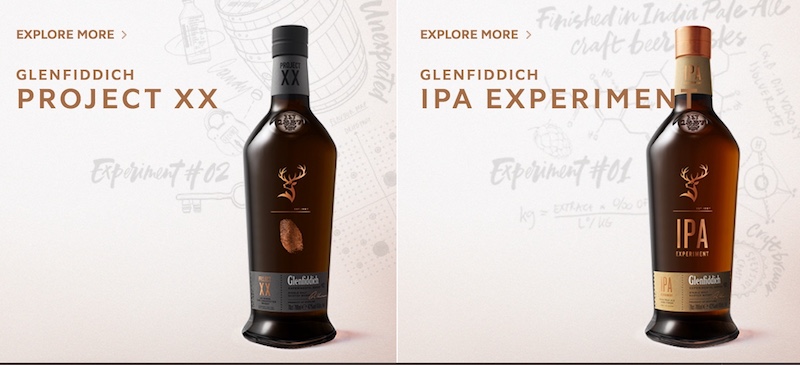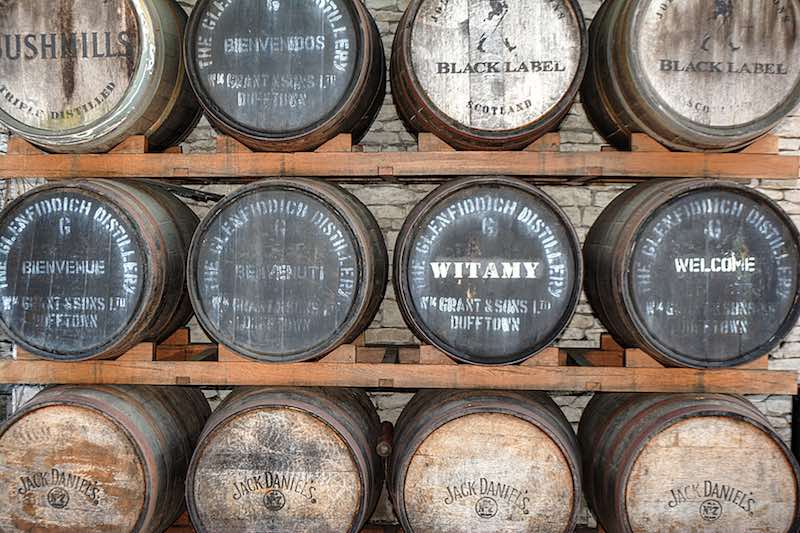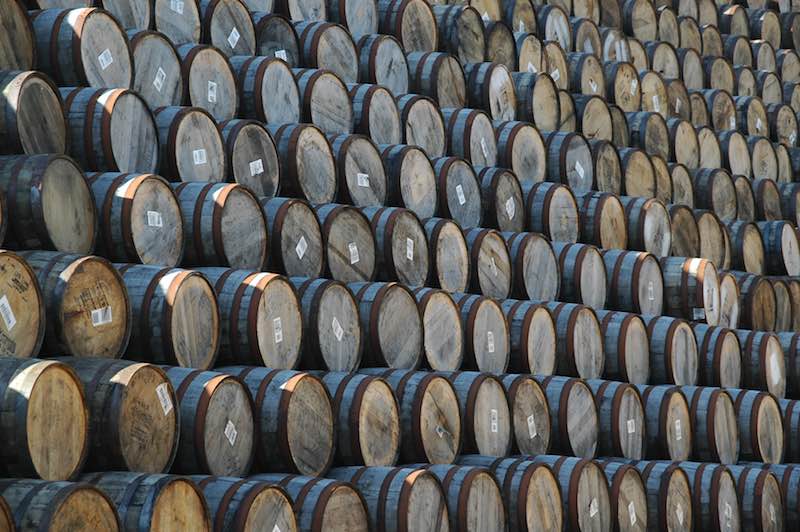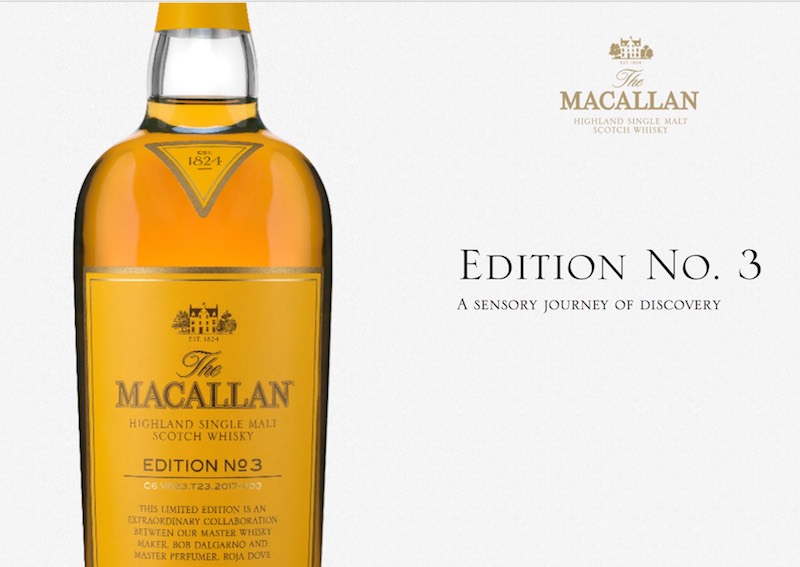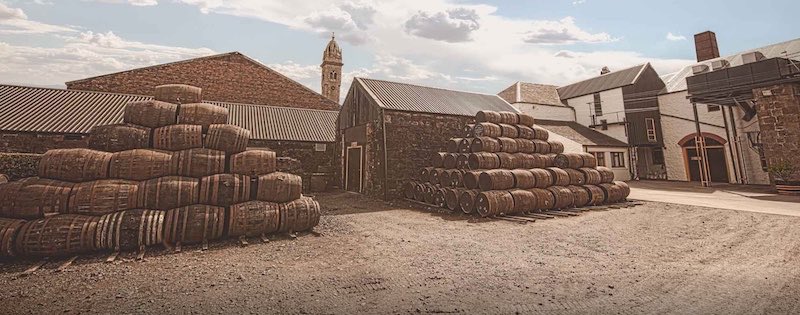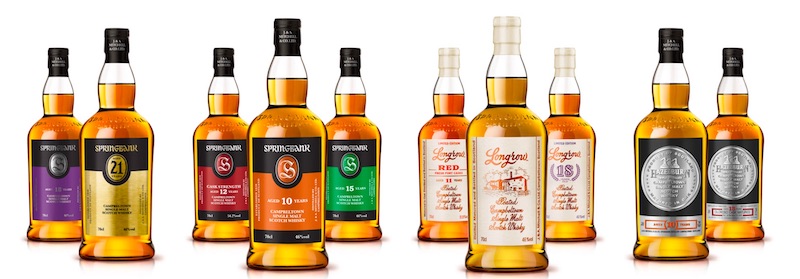Whisky Events in Singapore: Quaich Bar 10th Anniversary Celebration
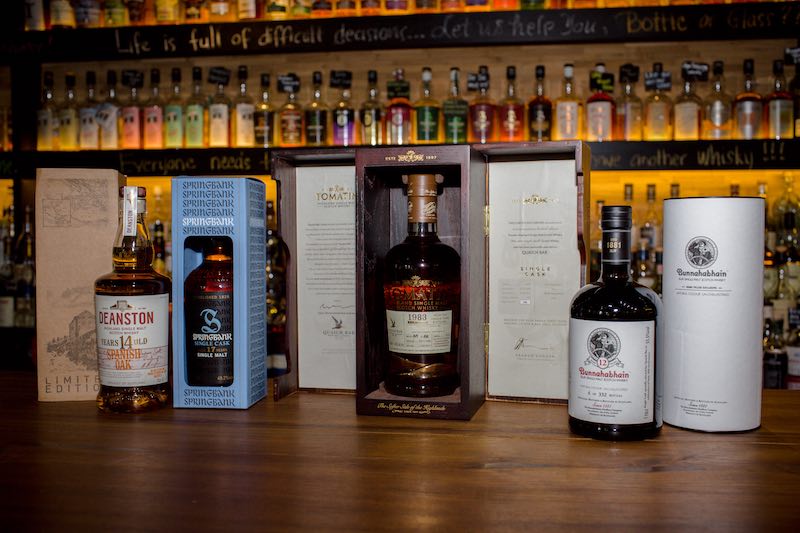
Quaich Bar 10th Anniversary Celebrations
Quaich Bar Singapore is celebrating their 10th Year Anniversary this September! To celebrate this awesome milestone, Quaich Bar partnered various whisky distilleries to bottle special expressions for the Singapore market.
From this week until the end of the year, a total of 6 new bottles from 5 different distilleries and 1 independent bottler will be showcased. All of them are selected single cask bottlings that are only made available here. Each expression is a limited edition.
The 6 bottles are as follows:
- Tomatin 1983
- Springbank 17 Years Old
- Bunnahabhain 12 Years Old
- Deanston 14 Years Old Spanish Oak
- Tomintoul 1977 (Details to be announced)
- Cadenhead (Details to be announced)
All 6 bottles will have their own individual tasting sessions as a way to introduce them to Singapore whisky drinkers. An exciting lineup including master classes and chit-chat sessions with the distillery representatives are arranged to make the most out of the 3 months long celebration.
Details for the various Tasting Sessions and the Anniversary party:
-
13 Sept 2017 – Tasting Session for Tomatin 1983
Graham Eunson, Tomatin’s distillery General Manager will grace the event to officially introduce this special expression. He will be hosting a master class at Quaich Bar South Beach from 7-8pm before going to Quaich Bar Waterfront Plaza (at Hotel Grand Copthorne) for an intimate chit-chat session with the guests.
-
18 – 19 Sept 2017 – Tasting Session for Springbank 17 Years Old
The tasting sessions are held over 2 days for Springbank 17 Years Old. Quaich Bar South Beach is hosting the session on 18 Sept 2017 while Quaich Bar Waterfront Plaza takes its turn on 19 Sept 2017. An interesting detail for the Springbank is the fact that the cask belongs to an investor of Springbank and Quaich Bar’s owner, Mr Khoon Hui, persuaded the investor to sell him half of the cask. Therefore, this expression is especially precious!
-
25 – 26 Sept 2017 – Anniversary Party
We look forward to the Anniversary party on 25 – 26 Sept 2017 as Quaich Bar opens its doors to welcome all its members and supporters from the public. They are keeping a little secret here over what is going to happen at their party. We heard it is going to be pretty awesome, so keep the dates free and head down to Quaich Bar for a great time! The party is hosted at Quaich Bar South Beach on 25th Sept 2017 and Quaich Bar Waterfront Plaza on 26th Sept 2017.
-
2 – 3 Oct 2017 – Tasting Session for Bunnahabhain 12 Years Old
After the party, there are more tasting sessions to attend! Bunnahabhain 12 Years Old will be introduced to the public over 2 days as well. Steve Campbell, the managing director of Burns Stewart (who owns Bunnahabhain) is gracing both sessions. Again, the tasting sessions are split with 3 Oct 2017 at Quaich Bar South Beach and 4 Oct 2017 at Quaich Bar Waterfront Plaza.
-
5 Oct 2017 – Dinner with Steve Campbell and Tasting Session for Deanston 14 Years Old Spanish Oak
This event is especially interesting because you get to eat and drink with Steve Campbell. The event is held at Pimpan by FOC in Orchard. Deanston 14 Years Old Spanish Oak will be introduced to the guests during the dinner. More details will be announced by Quaich Bar and WhiskyGeeks once the details are firmed up. Keep checking back for more!
-
Tasting Sessions for Tomintoul 1977 and Cadenhead
As the details for both tasting sessions are still in progress, we are unable to post the exact dates. What we know is that both expressions will be released sometime at the end of the year. Once we get the details, we will announce the dates on WhiskyGeeks!
All the events listed above are priced at $30/pax for non-members. For Quaich Bar members, entry is free.
Quaich Bar Membership
If you are wondering how you can become a member of Quaich Bar and enjoy all the wonderful events for free, here’s how.
Spend a total of $800 and above with a maximum purchase of 2 bottles and you can become a member! It is that easy! Not only do you get to taste 2 exceptional bottles, you get access to members benefits too! You can keep the bottles at the bar so that you don’t have to carry them home. Interested parties can head down to Quaich Bar for more inquiries!


